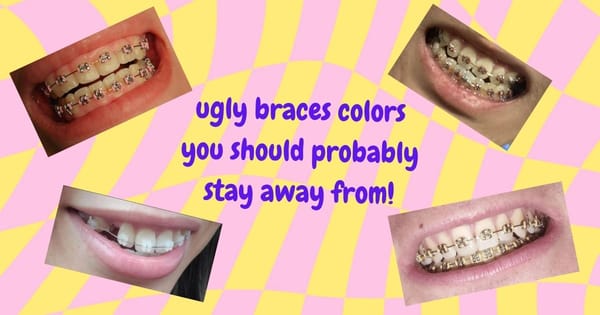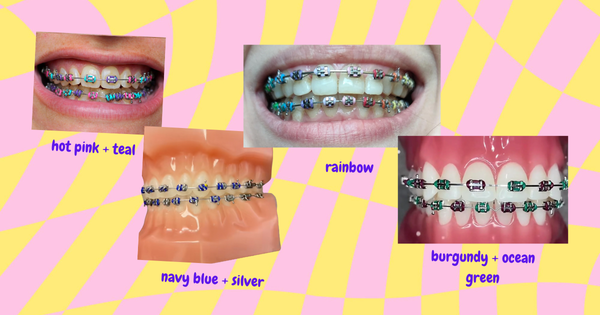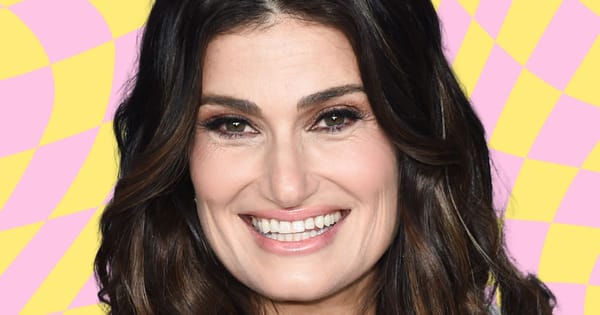Chris Rock's Teeth: From Diastema to Veneer Perfection!
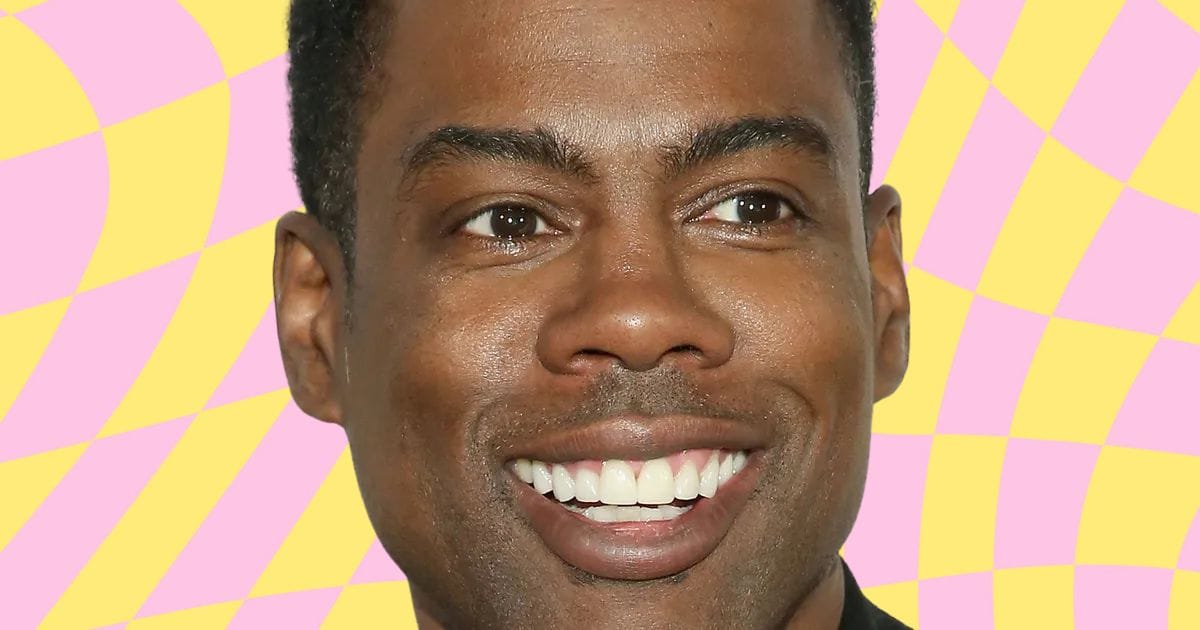
Let's talk about a comedy legend whose voice and perspective have shaped stand-up for decades: Chris Rock.
He's sharp, he's hilarious, and he's been making us laugh (and think) for years. But alongside his career evolution, his smile has undergone a pretty dramatic transformation.
You might remember his earlier look, complete with a noticeable gap. Fast forward to today, and he's sporting a much more uniform, brighter smile.
This change hasn't gone unnoticed, and like many celebrity smile makeovers, it sparks curiosity.
Did he get veneers? Why the change? And how does it tie into some of his famous commentary?
As your go-to dental expert, let's break down Chris Rock's smile journey, analyze the likely work done, and unpack the stories behind those teeth.
Phase 1: The Early Chris Rock – Signature Gap & Natural Quirks
Think back to Chris Rock in the '90s or early 2000s – maybe his HBO specials or his time on SNL. His natural smile had some distinct characteristics:
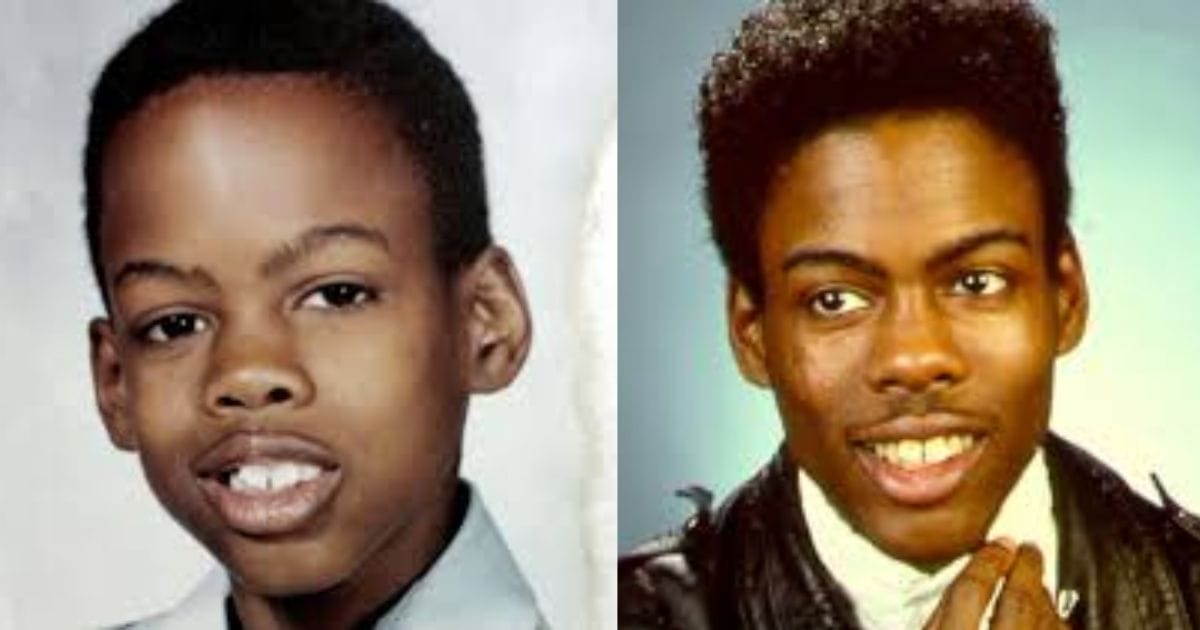
- The Diastema: Most prominently, he had a space (diastema) between his two upper front teeth. This gap was a signature part of his look for a long time.
- Flared Tooth: His upper right front tooth (what dentists call tooth #8) also appeared slightly flared out or kicked forward compared to its neighbor.
- Natural Charm: It was a smile full of character! Not perfectly aligned by Hollywood standards, but uniquely him. There's a certain charm to natural imperfections, and his smile definitely had personality.
Phase 2: The Transformation – A Uniform Look Emerges
Sometime along his journey to becoming a global comedy icon, Chris Rock's smile underwent a significant overhaul. Looking at recent photos and appearances:
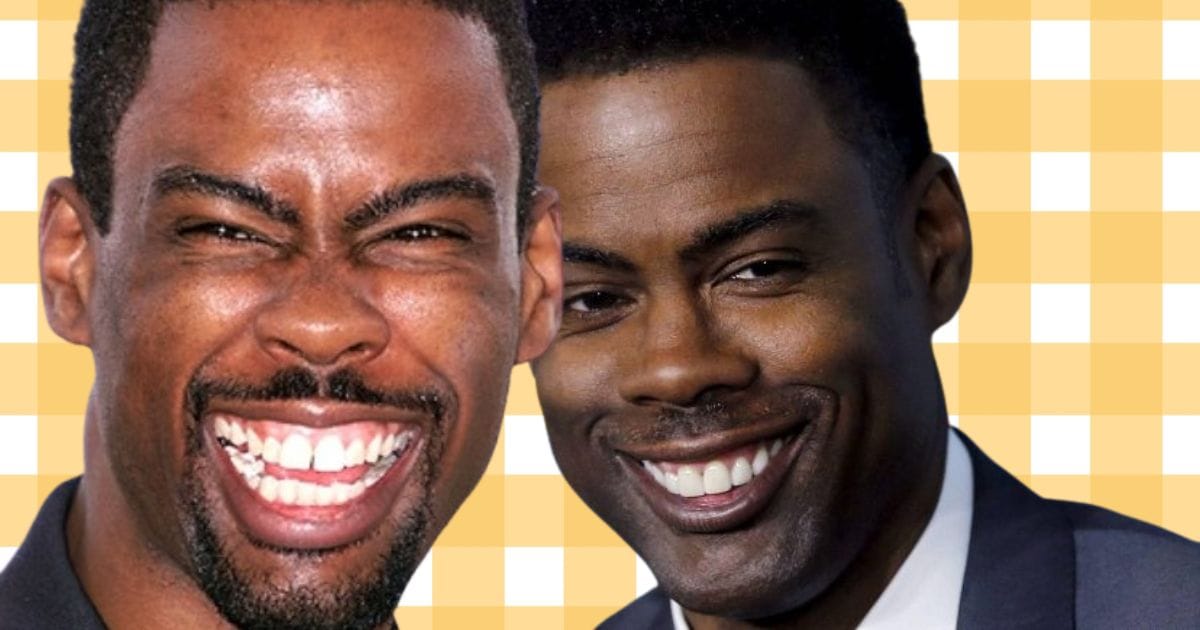
- Gap Gone, Alignment Perfected: The diastema is closed, and the flared tooth is corrected. His upper teeth now present a perfectly straight, even line.
- Uniform Shape & Color: The teeth across his upper arch look remarkably consistent in shape, size, and color. That slight flare, the gap – all replaced by uniformity.
- Canine Color Match: A key indicator for dentists? His canine teeth (the pointed ones) are the same bright shade as his front incisors.
Naturally, canines are often slightly darker or yellower. When they perfectly match the front four, it's a strong clue that cosmetic work, likely veneers, is involved across the entire visible smile line.
- Lower Teeth Au Naturel: Interestingly, it appears the transformation was focused entirely on his upper teeth. His lower teeth still show some signs of natural crowding or slight misalignment.
This is super common – many people prioritize cosmetic work on the more visible upper arch.
Based on all these visual cues – the closure of spaces, correction of rotation/flare, uniformity of shape, and consistent color across multiple teeth including canines – my professional assessment is that Chris Rock almost certainly has porcelain veneers on his upper teeth.
How many? Likely at least the front 6 or 8 teeth (canine to canine, or even premolar to premolar) to create that seamless, broad smile.
The "Why": Oprah, Jumbotrons, and Self-Perception
So why the dramatic change? While we don't know his exact personal motivations, Chris Rock himself has dropped some hilarious hints. There’s a fantastic anecdote about him being interviewed by Oprah:
Apparently, one of the first things he said to her was something along the lines of, "Oprah, why didn’t you tell me to fix my f**king teeth?!"
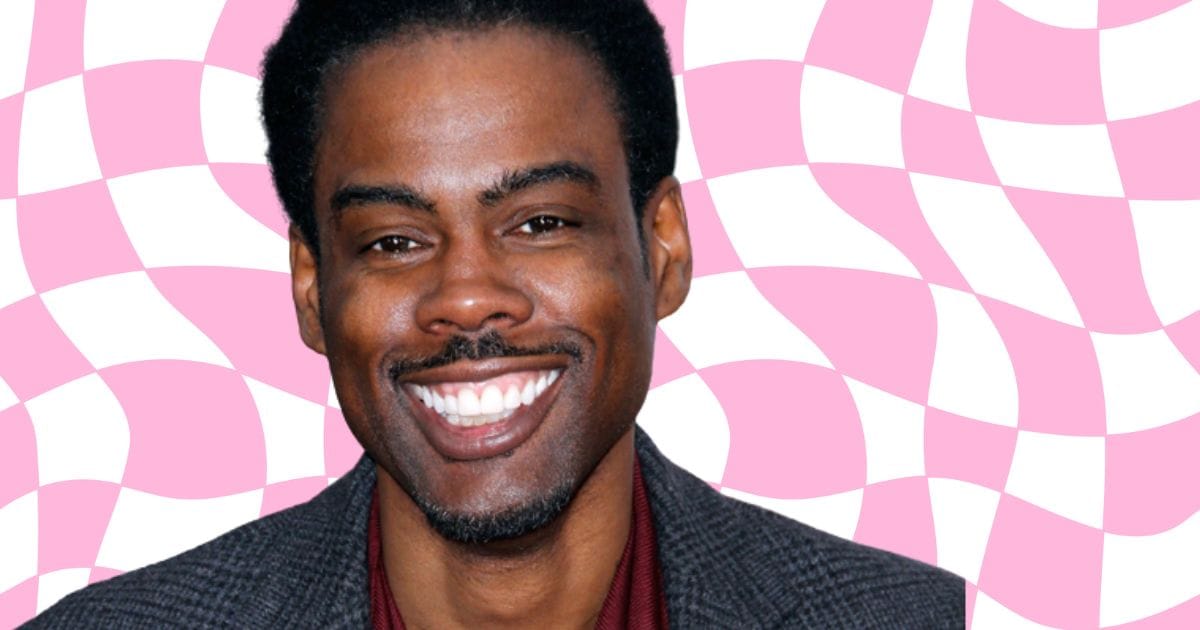
Let's be real for a second... this is GOLD. It’s classic Chris Rock – brutally honest, funny, and relatable.
It speaks volumes about the self-awareness (or perhaps sudden insecurity!) that can hit when you see yourself constantly on camera, magnified on screens, next to people with conventionally "perfect" smiles.
Like Trixie Mattel's Jumbotron moment, seeing yourself through the public lens can dramatically shift your perception of features you never previously worried about.
He also reportedly mentioned in older stand-up bits that his teeth were "real fucked up," suggesting a long-standing awareness or dissatisfaction, even if played for laughs.
Deeper Dive: The Dentist Joke, Inequality, and Real History
Now, Chris Rock's relationship with dentistry isn't just personal; it's famously entered his social commentary.
Many people remember his "white dentist next door" bit from his Kill the Messenger special.
He contrasted his own hard-won success (and that of neighbors like Mary J. Blige, Jay-Z, Eddie Murphy) with a hypothetical white neighbor who was "just a yank-your-tooth-out dentist" living in the same affluent Alpine, New Jersey neighborhood.
The punchline highlighted racial inequality: "The Black man gotta fly to get to somethin’ the White man can walk to!"
While Reddit sleuths later pointed out (using public records) that his actual neighbors at the time held different high-powered professions (hedge fund traders, CEOs, radiologists) and there wasn't literally a dentist next door, the underlying point of the joke about systemic barriers and the extra hurdles Black professionals often face remains potent social commentary.
It used the dentist trope to illustrate a broader truth about racial disparities in achieving wealth and status in America.
It wasn't necessarily about dentistry itself, but dentistry as a symbol of accessible, middle-to-upper class professional stability.
This theme resonates even more deeply when paired with the harrowing story Chris Rock shared about his own mother's experience growing up in South Carolina during the Jim Crow era.
He recounted her telling him that Black people in her area had to go to the veterinarian for tooth extractions because white dentists wouldn't treat them.
And even then, they had to use the back door, fearing white clients would abandon the vet if they knew their instruments had been used on Black people.
Hearing this story is chilling. It puts any discussion about cosmetic dentistry into a much broader historical context.
For generations of Black Americans, access to even basic, humane dental care was denied due to brutal racism.
While Chris Rock can now access top-tier cosmetic dentistry, his family history carries the weight of that profound inequality.
It adds layers to understanding why cosmetic choices might be made, or perhaps not made, and the complex relationship different communities might have with the dental profession.
From my chair, hearing patient stories like this (though hopefully less extreme today) is a stark reminder of the disparities that still exist in access to care, even if we're just talking routine checkups, let alone expensive cosmetic work.
Analyzing the Veneer Aesthetics: A Good Fit?
Okay, back to the teeth themselves! How does the final result look?
- Natural Integration: The analysis provided suggests the veneers look great and fit his face really well. I'd agree from the photos. While uniform, they don't look overly bulky or fake. They seem well-proportioned to his facial features.
- Successful Outcome: The goal of cosmetic dentistry is to enhance appearance harmoniously. It seems his veneers achieve this – they provide a clean, healthy, aligned look that suits his age and status without looking out of place.
- Skill Required: Creating a full upper arch of veneers that looks this good requires significant skill from the restorative dentist and the dental lab technician. Ensuring proper bite, shape, color, and gum integration is complex work.
The Oscars Slap Heard 'Round the World... and the Teeth Stayed Put?
And now for the moment that análisis couldn't resist mentioning: the infamous Oscars slap.
The comment that apparently none of his teeth were broken afterward brings up a darkly humorous point about veneer durability!
So, how well do veneers hold up to impact? Porcelain veneers are actually very strong once bonded to the tooth – the porcelain itself is brittle, but when fused to the underlying enamel, the whole unit is quite resilient, similar to natural tooth structure.
They can chip or fracture with significant trauma (just like natural teeth can), but they aren't inherently fragile in daily life. Surviving "The Slap" intact?
While maybe not a standard dental stress test, it’s a (bizarre) testament to the fact that well-bonded veneers become part of the tooth structure!
The Investment: What Does a Star Smile Cost?
Getting a full upper set of veneers like Chris Rock's involves a substantial investment.
- Number of Veneers: Likely 6 to 8 upper porcelain veneers.
- Cost Per Tooth: Using the standard US range of $1,000 - $2,500 per veneer. High-end cosmetic dentists catering to celebrities might charge even more.
- Estimated Total (Upper 6-8 Teeth):
- 6 Veneers: $6,000 - $15,000
- 8 Veneers: $8,000 - $20,000
- The Long-Term: And, say it with me now: veneers require lifelong maintenance and replacement! Budgeting for replacements every 10-15+ years is essential.
My Final Thoughts: Comedy, Commentary, and Cosmetic Choice
Chris Rock's smile journey is fascinating because it intertwines personal aesthetic choice with broader social commentary and history.
- Significant Aesthetic Upgrade: From a purely cosmetic standpoint, the veneers represent a dramatic change from his natural dentition, creating a conventionally "perfect" Hollywood smile.
- Likely Motivation: His Oprah quote suggests a degree of self-consciousness about his original teeth, likely amplified by his high-profile career. The veneers addressed this.
- Context is Everything: Understanding his famous dentist joke and, more profoundly, his mother's story, adds crucial layers. His ability to choose high-end cosmetic dentistry stands in stark contrast to the historical denial of basic care faced by previous generations.
- Good Execution: The veneers themselves appear well-done, aesthetically pleasing, and suited to his face.
Ultimately, Chris Rock chose to invest in a smile transformation that likely boosted his confidence on stage and screen.
While I often champion preserving natural uniqueness, I also recognize that for many, especially performers, achieving a certain aesthetic standard is important.
His case reminds us that teeth tell stories – not just about personal choices, but sometimes about broader societal issues too.
What do you think about Chris Rock's smile transformation? Did you know the stories behind his dental commentary? Share your thoughts below!



